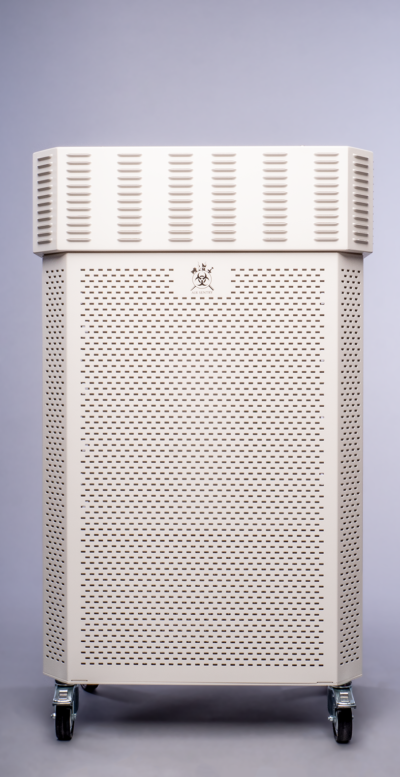Residential care homes are the forgotten front line
of our medical support network.
Often staff working in these areas are dealing with the most vulnerable patients without access to high grade technical systems and protection.
At the same time, the main hospital network often decants patients to free up capability, so there is a real risk of infections arriving with a new patient.
This is in a similar manner as the risk that exists in accident and emergency departments.

